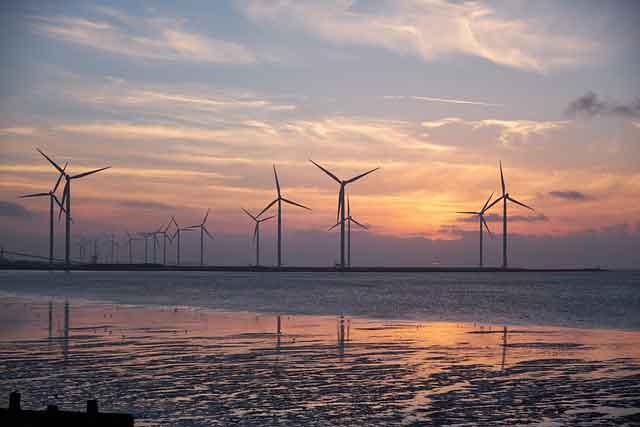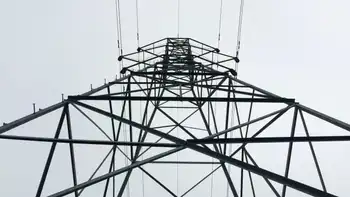Gretzky plugs electric hockey skates
By Toronto Star
Substation Relay Protection Training
Our customized live online or in‑person group training can be delivered to your staff at your location.

- Live Online
- 12 hours Instructor-led
- Group Training Available
Gretzky is plugging a new, battery-warmed skate blade that melts ice to give its wearer — so the endorsements contend — more speed with less work and overall, a better hockey experience.
Hey, is it too late for the Leafs to place an order?
The Thermablade inventor, Calgarian Tory Weber, says the steamy steel is not a novelty item, like Cooperalls, nasal strips or pyramid power. The 43-year-old, who spent more than $5 million over five years to bring his idea to market, believes the “fairly simple physics” behind the electronic blade will revolutionize hockey for competitive players.
“I had a basic understanding that if you put something hot on ice, it’s going to melt and be slippery,’’ said the former steam engineer at the Banff Springs Hotel.
“It’s not super technical. We heat the blade and it creates a thin film of water between the skate blade and the ice and gives the user substantial performance benefits.”
Weber contacted Gretzky and delivered a prototype to him at the 2004 NHL all-star game in Minnesota. Number 99 tried them, was impressed and agreed to endorse the product.
Certainly, flush NHLers can afford high-end equipment like brainy electronic blades that fit any make of boot. But what about the bulk of the hockey market that is used to paying less than $50 for a set?
Weber wonÂ’t reveal pricing or target market (though pros clearly top the list) until the blade is officially launched next month in Toronto, but itÂ’s unlikely hockey moms will pick up a pair for their house-league stars.
And that extra heat — what will it do to the ice?
Company spokesperson Sam McCoubrey says product testing shows the warming effect is “negligible.”
However, with so many complaints about NHL ice conditions, the Maple Leafs, for instance, are fiercely protective of their frozen turf. In the off-season, a $3.8 million dehumidification system was installed at the Air Canada Centre to help improve the ice quality — and unusual equipment like Thermablades will be closely monitored.
“Conceptually, it sounds like a good thing for the players but I’m just not sure what effect it’s going to have on the ice,” said Diego Roccasalva, Maple Leaf Sport and Entertainment’s vice-president of operations.
“We’re being very cautious and ensuring that everything we do is consistent with producing the best ice that we can, and ultimately our goal is to have the best ice in the NHL.... When you put that kind of tender loving care into the ice, you want to make sure that whatever goes on it is consistent with (maintaining quality).”
The NHL is also being cautious, studying safety issues — like a slapshot shattering the blade and scattering its electronic guts as dangerous debris — as well as ice conditions.
We understand the game is ever-changing and that we canÂ’t be totally against progress,Â’Â’ said NHL director of hockey operations Kris King.
The former Leaf, with league ice expert Dan Craig and NHLPA associate counsel Stu Grimson, have been reviewing Thermablade testing results with the company over the summer.
“It’s a neat idea,” said King.
“But from our standpoint we also want to make sure that if we have 12 guys on the ice at one time with heated blades, we want to know how that will affect our ice surface.”
King said the NHL is “not in the endorsement business” but all new products must be approved by the league for use in games.
And donÂ’t expect the technology to show up any time soon in other blade-running sports. It would not be allowed in international speed skating, for instance.
Speed Skating Canada boss Jean Dupré said there’s a specific rule against the heating of skate blades that was passed after it was discovered that teams experimented with heating blades before a race.
Heating the runners is also illegal in bobsleigh, but teams have tried it over the years.











